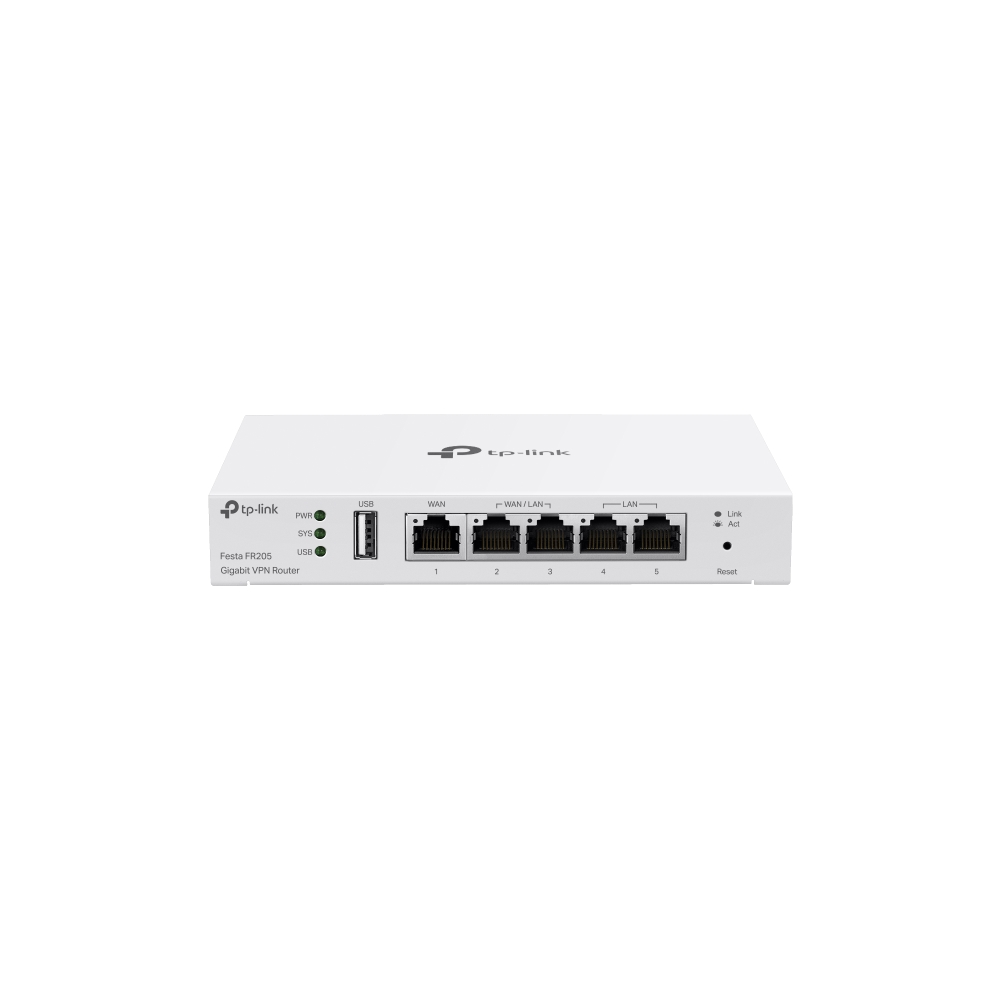Bill_Stewart
Occasional Visitor
For the curious, a brief overview:
The DSL modem runs in "transparent bridging" mode, and it has an assignable LAN IP address. It is physically separated from the wifi router to optimize wifi coverage. Currently the connectivity between the two devices is a pair of powerline adapters. (The powerline adapters are not a bottleneck currently because their throughput exceeds the current Internet bandwidth.)
The goal is to be able to access the DSL modem's web-based configuration interface from the "main" (primarily wifi) network (192.168.1.0/24). The problem is that I can't assign the DSL modem an IP address on the same network ID as my main network (192.168.1.0/24), because this means the wifi router's WAN and LAN interfaces are on the same network (this doesn't work).
The fix was to create a separate VLAN and network ID for the WAN side of the wifi router and LAN side of the DSL modem (192.168.0.0/24 on VLAN 10). To reach the DSL modem's configuration interface (192.168.0.1), a static route is required as shown in the diagram. This configuration prevents the wifi router's LAN and WAN interfaces from being on the same network, and the static route and wired router provide access to the 192.168.0.0/24 network from the 192.168.1.0/24 network.
Code:
+----------------+ +-----------------+
| DSL Modem | | L2 Switch |
| 192.168.0.1/24 | | 192.168.1.3/24 |
+-----------LAN--+ +--1--2--3--4--5--+
| | |
+--VLAN 10--+ |
|
+----VLAN Trunk----+
|
+------------VLAN Trunk------------+
|
+-----------------------VLAN 10------------------------+ |
| +------------------+ | |
| | +------|---------------------|--+ |
| | | | +--VLAN 10--+ | | |
| | | | | | | | |
+--WAN-----------LAN--+ +--LAN----LAN----WAN--+ +--1--2--3--4--5--+
| Wired Router | | WiFi Router* | | L2 Switch |
| LAN: 192.168.1.2/24 | | LAN: 192.168.1.1/24 | | 192.168.1.4/24 |
| WAN: 192.168.0.2/24 | +---------------------+ +-----------------+
+---------------------+ *LAN static route: 192.168.0.0/24 -> 192.168.1.2The DSL modem runs in "transparent bridging" mode, and it has an assignable LAN IP address. It is physically separated from the wifi router to optimize wifi coverage. Currently the connectivity between the two devices is a pair of powerline adapters. (The powerline adapters are not a bottleneck currently because their throughput exceeds the current Internet bandwidth.)
The goal is to be able to access the DSL modem's web-based configuration interface from the "main" (primarily wifi) network (192.168.1.0/24). The problem is that I can't assign the DSL modem an IP address on the same network ID as my main network (192.168.1.0/24), because this means the wifi router's WAN and LAN interfaces are on the same network (this doesn't work).
The fix was to create a separate VLAN and network ID for the WAN side of the wifi router and LAN side of the DSL modem (192.168.0.0/24 on VLAN 10). To reach the DSL modem's configuration interface (192.168.0.1), a static route is required as shown in the diagram. This configuration prevents the wifi router's LAN and WAN interfaces from being on the same network, and the static route and wired router provide access to the 192.168.0.0/24 network from the 192.168.1.0/24 network.
Last edited:


